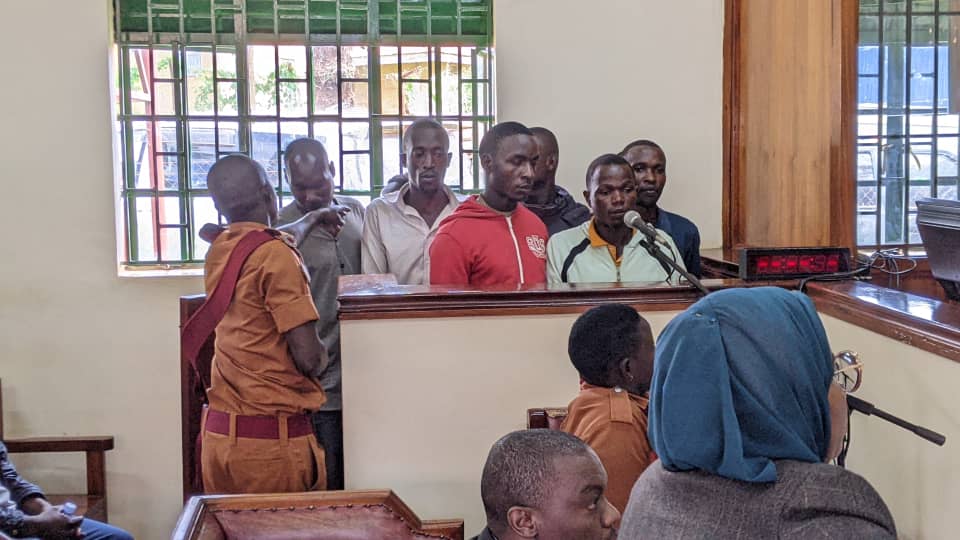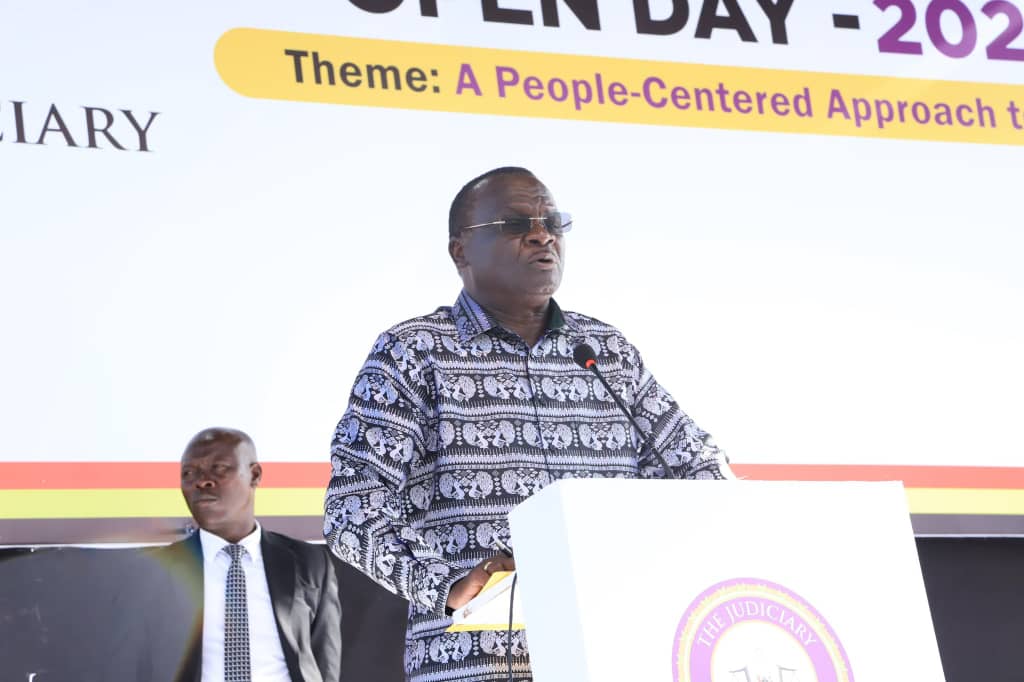AMISOM troops stay in Somalia ends this month after 15 years
After 15 years ,the mandate of the African Union Mission in Somalia (AMISOM) is set to end this month.
“The AU Mission in Somalia, authorized by the AU Peace and Security Council and mandated by the UN Security Council in 2007, will end on 31 March 2022,”AMISOM announced on Thursday.
Keep Reading
The African Union Mission in Somalia started in 2007 with Ugandan troops that turned around the once termed mission dead on arrival into one that many other countries have come to admire.
Other current troop contributing countries include Djibouti, Burundi, Kenya and Ethiopia.
Whereas the mandate of the AMISOM was supposed to end a few years ago, it has always been extended by the UN Security Council for fear of having a vacuum when the continental force leaves.
Despite the date for the end of the 15-year mission drawing near, all indicators point to the inability by the Somali government to be able to handle its own security.
It is therefore expected that the government in Mogadishu will enter a formal agreement with the Africa Union to see have mission stay for a specified period in a hybrid form with civilian components as one of the ways to strengthen capacity of the Somali army to be in charge of the country’s security.
Many have in the past warned that withdrawing the AMISOM forces at this time would be reversing the gains of the mission in the past 15 years.
In 2020, efforts for a reduction of troops from the regional peacekeeping force in preparation for the end of the mission started.
Experts warned there was need for a gradual handover to Somali security forces, secure main supply routes, reduce the threat posed by Al-Shabaab and conduct targeted offensive operations that support the transition plan but this seemed risky.
Because of this drawdown of troops, jeopardized the security gains since it saw attacks by Al Shabaab militants gradually go up with time.
Background
The UPDF was the first army to deploy in Somalia under the AMISOM in 2007 and by then, the Ugandan army was controlling less than 10% of the battered capital Mogadishu, the biggest part being in the hands of the Al Shabaab insurgents.
In some of the fiercest battles, in 2011, the Al Shabaab militants were expelled from Bakara market, which was one of the insurgents’ strongholds in Mogadishu and since then, the jihadists have never returned to Mogadishu.
UPDF’s deployment demystified the saying that AMISOM was a “dead on arrival” mission before opening the way for other countries to send armies in Somalia.
The Ugandan troops control the largest area in Somalia after being deployed in Sector One in Benadir,(has 16 districts) Banadir, and Lower Shabelle regions having pushed Al Shabaab militants for over 200km away from Mogadishu city.
Kenyan troops are deployed in Sector Two which comprises Lower and Middle Jubba regions whereas Sector Three commanded by Ethiopia has Bay and Bakool as well as Gedo (Sub Sector 3).
Djiboutian forces man Sector 4, which covers Hiiraan and Galgaduud areas while Burundian forces are in charge of Sector 5, which covers the Middle Shabelle region.














